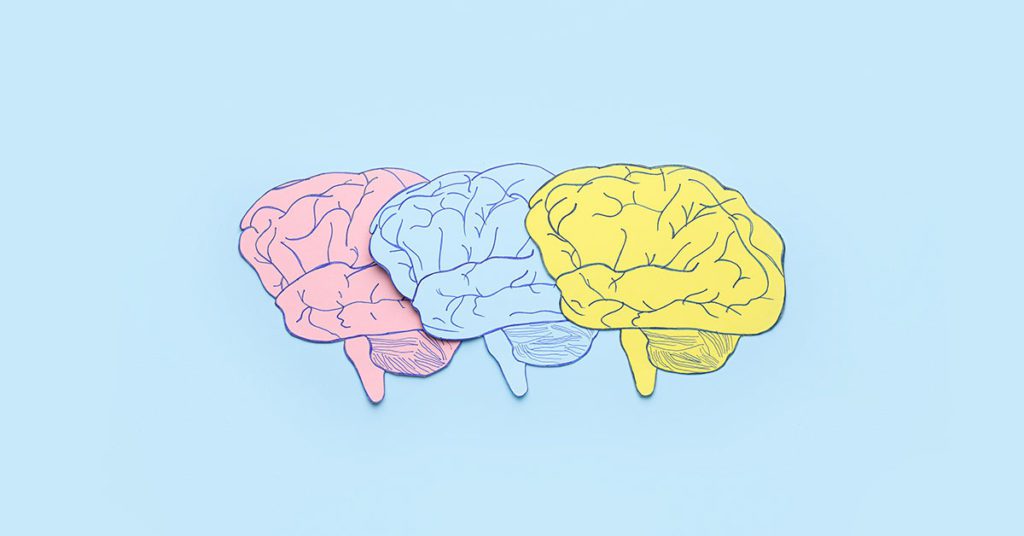


Neurohacking
Neurohacking might sound like something out of a science fiction novel. But, it has become a real trend in psychiatric medicine as well as do‐it‐yourself applications to enhance brain performance. It involves “hacking the brain”—applying knowledge of how the brain works to rewire thought patterns and behaviors. You don’t have to be a brain scientist to do it. This article will explain neurohacking, how it works, and ways to use it to hack your own brain.
What Is Neurohacking?
Neurohacking is any activity used to improve brain capabilities. It involves understanding how your brain works and applying techniques to upgrade it. Neurohackers use multiple different strategies and exercises to “hack the brain” with the goal of improving reflexes, learning faster, or treating psychological disorders.
When you hear the word “hack”, you probably think of the tech term. Neurohacking works in a similar way. Just like a hacker must learn the inner workings of a computer to gain access to its system, a neurohacker needs to understand the brain to modify its neural network.
Neuroscientists use tools to “map” brain structure and function. Functional Magnetic Resonance Imaging (fMRI) displays multicolor images that light up based on blood flow indicating the activation of brain cells—called neurons. Electroencephalography (EEG) also demonstrates brain activity by measuring electrical signals of the neurons via electrodes placed on the scalp.
Observing activity in the brain and how it changes under certain conditions, neurologists have developed various techniques to create positive outcomes, like treating depression or addiction.
Even those without a background in brain science can apply neurohacking techniques. New methods and affordable tools have made DIY neurohacking popular, particularly among Silicon Valley techies, who use lifestyle habits, natural supplements, mental exercises, brain signal tracking equipment, or even microdosing psychedelics to enhance cognitive performance, focus, and creativity.
Neurohacking Tools & Techniques
Neurohackers have come up with dozens of ways to improve brain capacity. Let’s explore some of the popular neurohacking tools and techniques, used by scientists and DIY neurohackers alike, to improve brain activity and performance.
Lifestyle Changes for Brain Health
Dr. Dale Bredesen is a world-renowned neurologist and New York Times best-selling author. He led a study observing 150 variables that impact brain function. Based on these results, he developed brain hacking techniques to support brain health and reverse cognitive decline in Alzheimer’s patients. Lifestyle has a big impact on brain health, according to Dr. Bredesen. Based on his research, he developed the PreCODE protocol to optimize brain health and defend against neurodegeneration through habits like cognitive assessments, a mildly ketogenic diet, brain exercises, and proper supplementation.
Dr. Bredesen isn’t the only one hacking the brain through healthy habits. In his discussion, How Neuroscience Can Hack Your Brain’s Potential, Stanford neuroscientist Dr. Andrew Huberman recommends his own regime of lifestyle habits to hack brain health:
- Natural brain supplements and nootropics to support cognitive health
- Meditation to train thought patterns
- Hypnosis to make changes within the unconscious or subconscious mind
- Physical activity, such as martial arts or yoga, to improve focus and mental endurance
- Good sleep habits to regenerate the brain
Rewiring Neural Pathways
“Most people have a dirt road to happiness and a highway to pain. Condition yourself so that you have a highway to pleasure.” Tony Robbins
The brain consists of trillions of neural pathways where brain cells send and receive messages. In a child’s brain, these pathways are just beginning to form. This makes it easy for kids to learn new things (hence, children have a much easier time than adults in learning a new language).
As we grow older, these pathways become paved and more concrete. Skills become easier as you take those paths again and again. It’s a great mechanism for learning (can you imagine if it took as much effort to walk as it does for a toddler?). But, it makes it more difficult to unlearn destructive habits or negative thought patterns.
Fortunately, the brain is a dynamic, flexible system. It has the ability to change and rewire itself—a concept known as neuroplasticity. You can literally change your mind, by hacking your brain’s ability to rewire and redirecting its neural pathways.
So, how do you repave your mental roadways to more positive directions? Meditation practices can help recognize destructive thought patterns and redirect thoughts, paving a highway to positive thinking.
Neurologists have started to use enhanced approaches to “rewiring” in order to treat mental illness and addiction. For example, cocaine addicts can observe brain activity during a craving through real-time fMRI neurofeedback. They can take the right actions at this crucial moment to rewire the craving circuit in the brain, so the cravings slowly become less intense.
This type of rewiring also helps people with depression. Neuroscientists compare the activity of brains in depressed patients with healthy brain activity. They discovered that people with depression show less activity in their dorsolateral prefrontal cortex compared to healthy brains. Neuroscientists use devices to send electromagnetic currents through the scalp to less active areas of the brain to stimulate activity. Several sessions of this type of therapy help rewire the brain with promising results: studies have found a 33% remission rate for participants with treatment-resistant depression.
Remapping Trauma
What happened to you in your past shapes the way you think.
In a traumatic situation, like a car accident, your brain goes into survival mode. The nucleus basalis, a small area in the base of the brain, sends an alert. It releases a chemical called acetylcholine to specific locations of the brain focusing all activity on getting out of danger.
This hyperfocus on survival makes a lot of sense during an emergency. But, it can cause your brain to get stuck in danger mode. The brain has a difficult time separating safe events happening now from dangerous events that happened in the past. The survivor’s brain hits the panic button every time they get into a car.
So, how do you change something traumatic into something positive? Changing your brain—remapping—requires activating particular chemicals in the brain at the right time.
To override the alert response, you’ll need to remap the system with positive experiences. Re-exposing the person incrementally to the trigger, their brain slowly re-associates driving in a car with more positive experiences. Therapists can use this type of remapping to help their patients heal from trauma in a range of situations.
Many consider the brain the most complex object in the universe. While we still have much to learn, these neurohacking techniques open new frontiers in brain health, with the potential to improve overall wellbeing and treat cognitive conditions formerly considered untreatable by experts.
Related Reading:
- Tags: memory, Neurohacking


